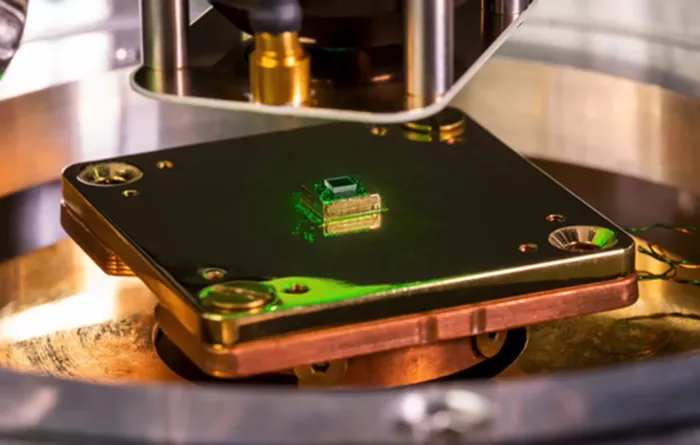Diamonds, known for their nearly perfect crystal structure, are not entirely flawless. The slight imperfections within these crystals are what give diamonds their unique colors. Among these defects is the nitrogen-vacancy (NV) center, a specific type that holds a significant potential for technological innovation. According to a recent explanation by [Asianometry], these NV centers can maintain a particular spin state, which can be altered with the precise application of energy.
One remarkable aspect of NV centers is their stability at room temperature, allowing them to retain their spin state for extended periods. Even more notable is the ability to measure this spin state non-destructively through light emissions from the NV center.
While NV centers have clear implications for quantum computing, their most immediate and practical application lies in magnetic field sensing. This technology has the potential to replace superconducting quantum interference devices (SQUIDs), which are currently used for highly sensitive magnetic measurements but require extremely cold temperatures to maintain superconductivity.
To harness the power of NV centers, diamonds must be synthesized with specific characteristics. The process involves using semiconductor manufacturing tools to create diamonds with the desired NV center configurations, a method that proves more practical than waiting for advancements in room-temperature superconductors to enhance SQUID technology.
Previously, there were proposals to utilize diamond defects for data storage. Now, it seems that leveraging NV centers for quantum sensing could be a more achievable and impactful application.

